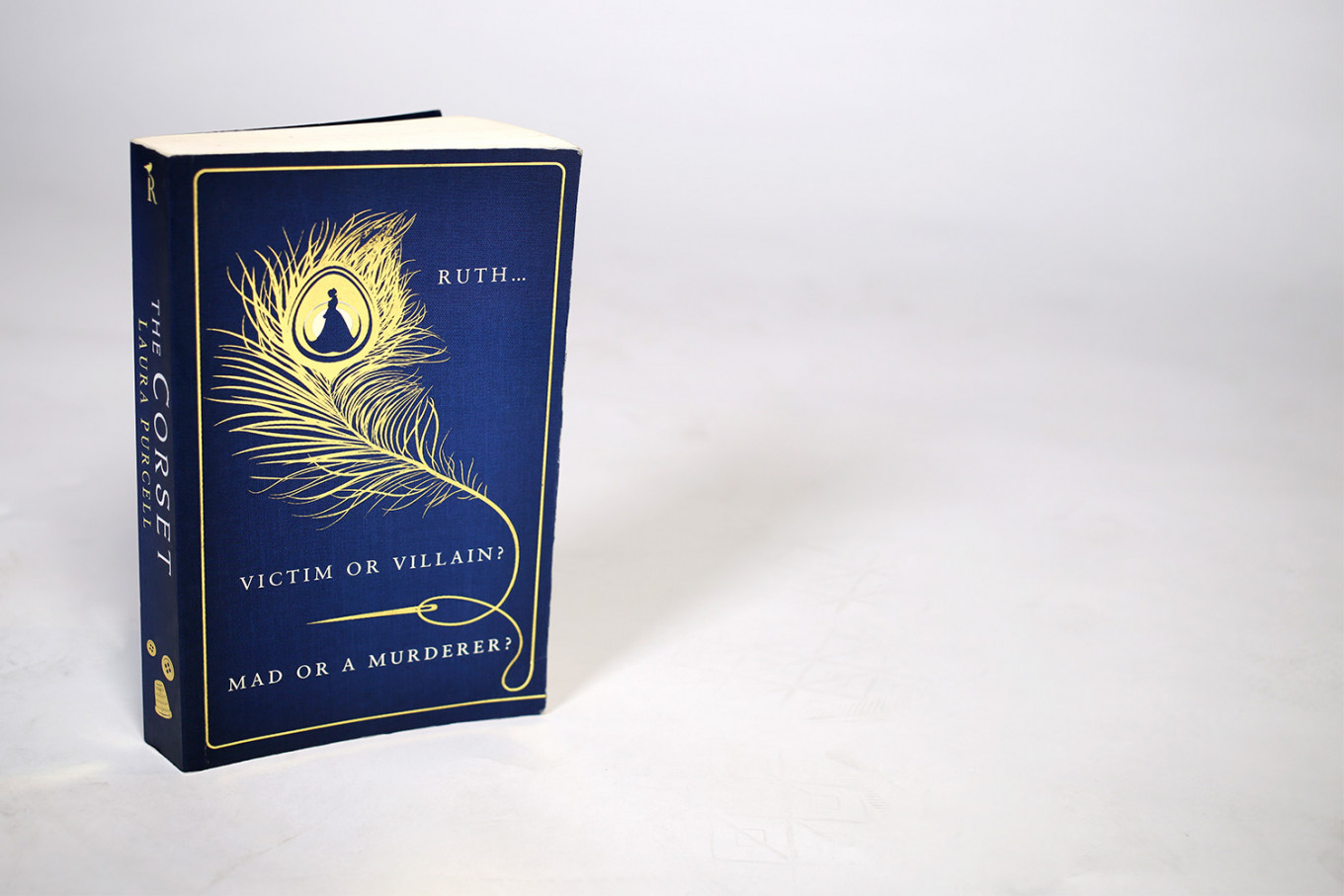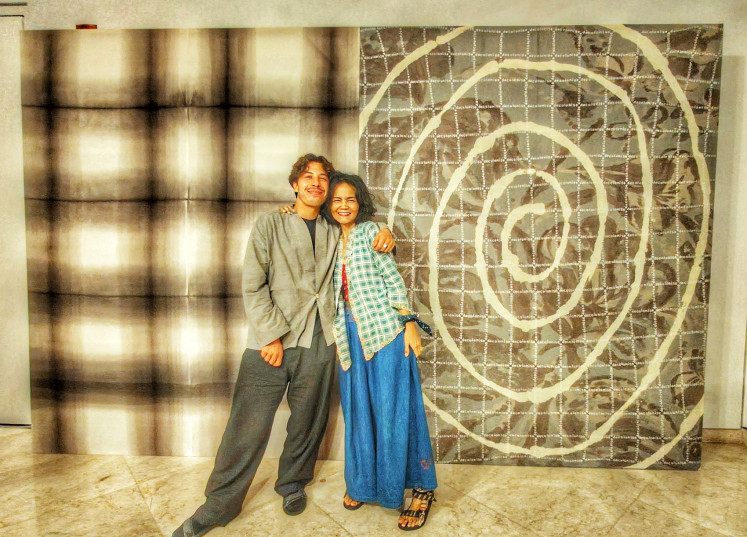Popular Reads
Top Results
Can't find what you're looking for?
View all search resultsPopular Reads
Top Results
Can't find what you're looking for?
View all search resultsBook Review: 'The Corset', supernatural elements in Victorian reality
"The Corset" tells the story of two distinctive characters, as well as the marriage between cruel reality and supernatural elements.
Change text size
Gift Premium Articles
to Anyone
F
ollowing last year’s award-winning The Silent Companion, Laura Purcell returns with enthralling gothic chiller The Corset. Set in Victorian England, just like its predecessor, it brazenly tells the grim contrast-driven tales of a prisoner and a prison visitor.
Ruth Butterham has it rough. She was raised in poverty by a once-wealthy mother who married for love and a portrait painter father with no career prospects. Sent to a good school, Ruth is constantly bullied by haughty girls for being poor – a certain Rosalind Oldacre kicks her so hard that she breaks Ruth’s corset. When her seamstress mother takes her out of school to work alongside her, Ruth rejoices at the chance of exercising her only talent: sewing. However, she soon discovers that her outstanding sewing skill transfers the emotions she feels while stitching, onto the clothing item and eventually the wearer. The hatred-filled young Ruth believes that she can conjure misfortunes onto her victims.
Desperate for a better life, Ruth becomes an apprentice for famous dressmaker Mrs. Metyard and her daughter Kate. Ruth soon realizes the abusive nature of the place, and together with five other girls, has to endure physical and emotional tortures. Spurred by the harsh environment and the loss of her only friend, Ruth takes her revenge against the world, which eventually lands her in Oakgate Prison at the age of 16, awaiting her murder trial.
Blessed with wealth, beauty and youth, Dorothea Truelove walks and talks with finesse. Despite living a relatively milder life than Ruth’s, Dorothea isn’t a dull proper Jane. She rebuffs her father’s wish for her to marry some rich nobleman, bestows her deceased mother’s inheritance upon prison improvement and is obsessed with phrenology, the study of emotions through skull measurements.
Dorothea carries her peculiar passion to Oakgate Prison, which she regularly visits to study female criminals’ heads. Ruth in particular fascinates her, for her young age might contribute amply to phrenology, and this fascination leads Dorothea to hear Ruth’s tale out. As the two girls meet more often, Dorothea finds Ruth and her increasingly compelling yet decreasingly believable life story slowly changing her.
Read also: Book Review: ‘Lincoln in the Bardo’ is moving account of death, afterlife
The Corset alternates between Ruth’s past and Dorothea’s present; the former so strikingly brutal, so vividly grotesque. Dorothea’s story, though fairly tumultuous, acts as a calming buffer to Ruth’s. The frequent jumps increase the tension in Ruth’s chapters that Dorothea’s chapters simmer down just when the story starts to become suffocating. In the last few chapters, however, Dorothea’s problems start picking up their pace, creating a constant thrill that permeates throughout both characters’ tales as they both drive the chapters together. This lasting state of heightened tension ends with the book, in a satisfying climactic compensation starring Dorothea and the true root of all her problems that she gradually discovers.
Apart from the two characters, the marriage between cruel reality and supernatural elements also drives the story. The Corset screams Victorian era. Young girls, with bleeding fingers and swollen eyes, working agonizingly long hours as dressmakers, was the 19th century’s harsh reality. Purcell then plasters Ruth’s otherworldly ability onto this fact, while still bridging magic and matter. Ruth’s silver-angel embroidery summoning the strangling angel, an old name for diphtheria, is an excellent example.
Another Victorian strain in the book lies in phrenology, Dorothea’s subject of interest. Phrenology essentially lies in the supernatural realm; after all, how can someone’s personality be determined through skull bumps? Does that mean certain people are born “bad”? Purcell anchors the realistic, no-nonsense Dorothea to the realm by making her a firm believer in the pseudoscience.
All in all, The Corset is definitely a must-read, especially for chiller book lovers. It might not be as haunting as its predecessor, The Silent Companion, but it is more painful given how rooted it is in reality. It is intensely dark, boldly gritty and does not spare a moment to laugh. It touches on topics of murder, betrayal and mental disorder, all through the eyes of two women representing opposite sides of the Victorian era’s social spectrum. No matter how contrasting they seem to be, the two heroines are both prisoners, one socially, the other physically. Another beautiful book by Laura Purcell. (iru/wng)











